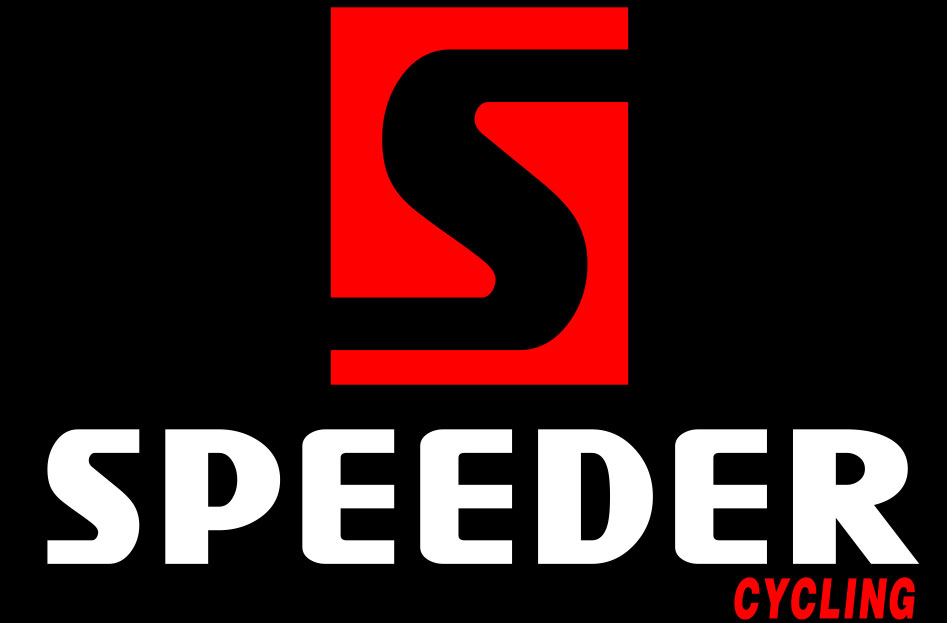Something about Different Spoke Styles |
05-Nov-2013 |
When you buying a bike,you may troubled by the wheel spokes.There are various types of spokes, and there are also various ways of "lacing" the spokes, and various spoke counts.
Usually we will follow the following six rules to choose:
1. Flexibility
2. Strength
3. Torque resistance
4. Weight
5. Air resistance
6. Appearance/sex/costs
The number of spokes determined the strength , how to arrange them, and how the hub and rim interface with the spokes. In case you look at a regular "3 spokes " wheel, the spoke simply leaves the hub at an angle nearly tangential to the hub circumference. This kind of way that the stress on the hub is minimized. A "4 spokes" lacing (generally seen on weighty touring bicycles an the just like) goes that 1 better and leads to the spoke to be really tangential to the hub circumference (plus the increased spoke length gives the wheel more "spring").
You may seldom see "2 spokes" and almost certainly never see "1 spokes" lacings, but "radial" lacing (wherever the spokes leave the hub at right angles to the circumference) is becoming relatively typical, particularly on front hubs of "mountain" or "spokes" bikes. Radial lacing places considerable stress on a conventional hub, and with radially laced wheels you'll frequently see the spokes reversed, with the nipples on the hub end, because the hub must be re-designed to stand the stress. Furthermore, both simply because a radially laced wheel is so stiff and because usually radial wheels have low spoke counts, the stress on the rim is higher, such that the nipples would be apt to pull through. So you'll occasionally see the bent end of the (reversed) spoke engaged in a slot in the rim or some such.
Notice that while radial laced wheels are stiffer against radial forces on the wheel, they don't resist torque very well at all -- if a rear wheel were to be radially spoked the torque of the drive train would cause the wheel to twist into a sort of spiral, hindering the transmission of power to the wheel circumference. Similarly, if disk brakes were used on a radial front wheel the wheel would twist severely when the disk brakes were applied.
On the other hand, it should be noted that some people like to lace their rear wheel with a spokes pattern on one side and radial spokes on the other. This provides the needed torsional rigidity while permitting half the wheel to be radial, but it's not clear that there's any real advantage to the scheme.
Air resistance certainly increases with spoke counts, and is affected by the profile of the spoke as well. Although air resistance is important to pro racers because the top of the wheel is moving forward at twice the speed of the bicycle, it's probably safe to say that the air resistance due to spokes on a standard 32-spoke three-cross wheel would not be noticed by most average bikers, even at fairly high speeds.
The ultimate low-wind-resistance wheel is the disk wheel, of course, and there are other exotic designs with 1, 2, or 3 broad, flat "spokes" made of high-strength composites bonded to rim and hub. But generally you'll only see the disk wheels on rear wheels because the disk becomes a kite if it gets cross-ways to the wind as would happen on the front wheel.
Weight is reduced by using more exotic materials (especially for the rim), and by reducing spoke count. The more exotic the rim, the more intimately the design of the rim ties into the spoking scheme. Some slight weight reduction is also possible by reducing the "cross" of the spoking (and hence reducing spoke length).
And, of course, sex. Many of the above schemes (especially things like the low-spoke-count radially spoked front wheel with reversed spokes) have little practical benefit for the average cyclist, add cost, and reduce reliability. (Ever heard one of those fancy high-tension spokes go? It sounds like a gunshot. And if one breaks you're likely dead in the water until you can get to a bike shop, whereas with a standard three-cross 32-spoke wheel one can usually "limp home" if a roadside repair is not possible.)
